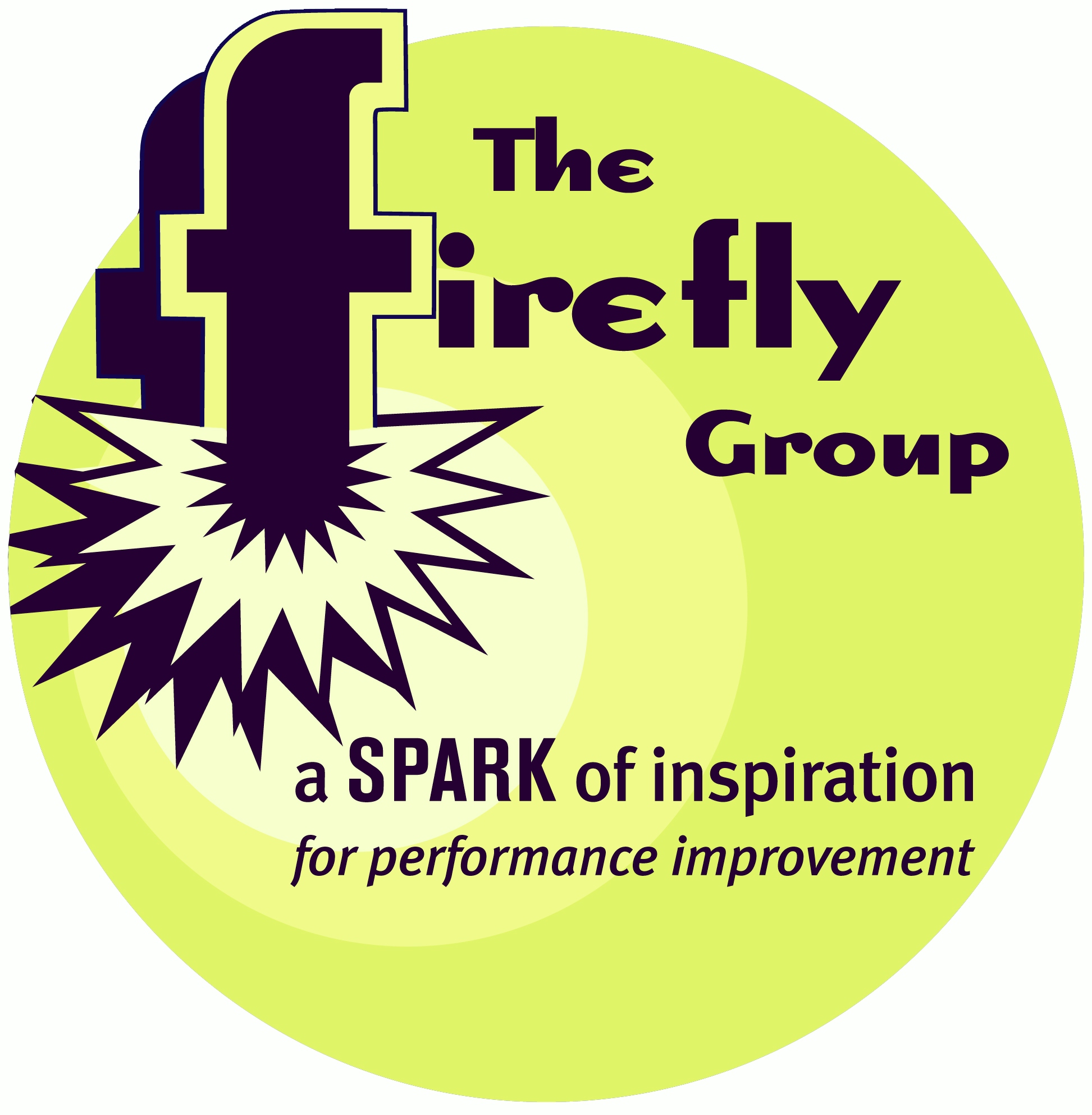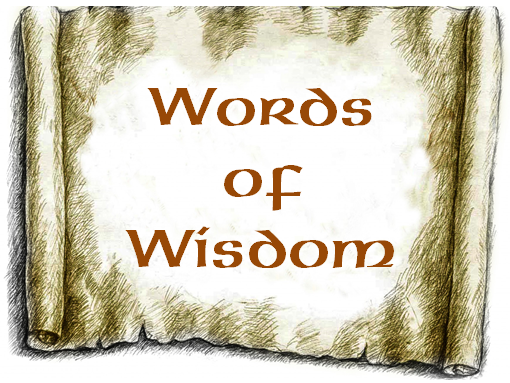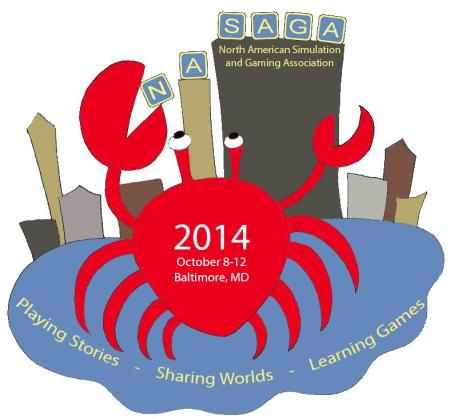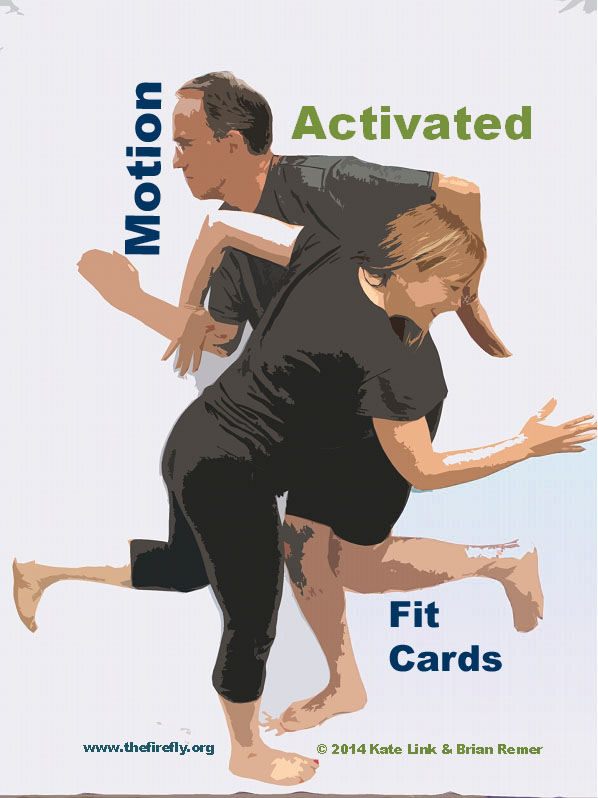

What's New

Words of Wisdom
52
cards and 15 activities to spark conversations and deepen learning.
Learn more HERE.
What We Do
The Firefly Group helps people use everyday situations for learning and connecting to the Big Picture. After working with Firefly, you will be energized with specific action steps to achieve your goals.
We do this through training of trainers, leadership development, performance improvement training, strategic planning, writing training manuals, and clarification of organizational mission and vision. Our methods are engaging, thought-filled, and results-oriented.
 If
this sounds like a good direction for your organization, let's talk about
how we might collaborate! Please give me a call (802.257.7247) or send an
. - Brian
If
this sounds like a good direction for your organization, let's talk about
how we might collaborate! Please give me a call (802.257.7247) or send an
. - Brian
 Your ETR (Estimated Time to Read): 10 minutes Your ETII (Estimated Time to Implement Ideas): 5 weeks |

Special
Offer
Attend the conference of the North America Simulation and Gaming Association at a 10% discount. Use the code FAN when you register HERE.
October 2014
|
Say
It Quick |
Discoveries bits of serendipity to inspire and motivate |
Ideas fuel for your own continuous learning |
Activities tips and tricks you can try today |
| Motion Sickness | Movement, Learning, and Memory | Become Motion Activated |
Readers Respond
While I am not a big fan of new ...ologies, I can only applaud your latest Firefly on the importance of collaborative learning. I have argued in several papers, and I think in my 2008 presentation, that electronic games are not the same as real games. My observations and studies of games in my classroom suggest that interaction, feedback, and emulation among the human participants in a real game are the key factors in the efficiency of games as learning tools.
The electronic game is closer to a puzzle, being a programme, or perhaps an exercise, and has its uses in hypothesis testing, and the examination of variables. In a group training environment, such as a workplace, the participation of real people is at a premium.
At the NASAGA site, I have a short video that shows my students, in 1984, playing an adaptation of Diplomacy. The behaviour of the students supports your thesis, and you might in fact put a link to the video on the NASAGA site; it is on YouTube, aber natürlich. Amitiés - Pierre Corbiel
Most of us know the benefits of physical exercise. But we don't necessarily understand the benefits to our brain. Find out more beginning with this 99-Word Story.
Motion Sickness
During my parents' first visit to Vermont, they drove along Route 100 for a scenic tour of fall foliage through the Green Mountains. When asked how they liked it, Dad waxed poetic about the bright colors and picturesque New England villages. He loved the challenge of navigating the curved, rolling highways.But Mom, accustomed to the flat, straight roads of South Dakota, could only remember the green tinge to her own complexion as she tried to calm her rolling stomach!
It's no fun to be along for the ride if you're just a passenger with no control.
Movement, Learning, and Memory
Perhaps you already know that movement can enhance creativity. But you may be surprised to learn of the many ways your body in motion can enhance learning.
According to the chapter titled "Movement and Learning" in Teaching with the Brain in Mind, 2nd Edition, by Eric Jensen, the same region of the brain that processes learning also processes movement.
The cerebellum acts like a gateway for learning by channeling sensory information from the brain stem to the cortex. There, at a higher level of functioning, signals are sorted and interpreted. Our brain makes decisions, takes actions, and stores memories. Our brain also sends some of these signals back to the cerebellum to move our muscles. This feedback loop is an important way to strengthen neural pathways.
Oxygen is also critical for learning. The more oxygen our brain receives, the better it will function. Simply standing up can raise your heart rate, and blood flow to your brain, by 5 to 8 percent in just a few seconds. Exercise can do much more by actually promoting the growth of brain cells. This growth has been related to increased cognition, better memory, and reduced likelihood of depression.
In another article titled "Moving with the Brain in Mind," Eric Jensen writes that "students who sit all day run the risk of poor breathing, strained spinal column and lower back nerves, poor eyesight, and overall body fatigue. We expend much energy just to maintain a posture, even a bad one." Jensen also notes that learning is a combination of not only the sensory input of sights and sounds but also the memories that are created by where we are and who we are with. The more variety we have, even within the same room, and the more contact with different people, the stronger and more varied our neural connections will be.
When we tell our kids to sit and finish their school work or when we insist that participants in a workshop sit, focus, and pay attention, we may be forcing them into the worst possible position for learning.
Sedentary Sickness
Recently I had a conversation with some colleagues about the importance of physical movement. They said that, in their organization, siting has become the new smoking. I immediately quipped that people who want to sit will soon have to find a chair outside!
But my friends were serious! Because of its detrimental effects on the body, the stress it places on bones and muscles, and the physical effort to suspend internal organs in one position for long periods of time, lengthy periods of sitting at work have negative effects on our long-term health. These people said that they now only talk on the phone while standing and they have more stand-up meetings.
What a contrast from being a couch potato where inactivity is practically elevated to a desired status!
We are familiar with the queasy feeling that comes with the wrong kind of motion as in the 99-Word Story. But we are less familiar with the dis-ease that can result from moving too little.
And it's too easy to be sedentary. You may be seen as lazy, distracted, or ineffective if you aren't sitting at your station. You may feel you have too much to do to step away from your desk for a stretch break. Or, you may be in a state of flow, too engrossed in your work to notice how long you've been frozen in your chair.
Surely there are more reasons to sit tight but, given the benefits of physical movement, those reasons just become excuses. In his book, Teaching with the Brain in Mind, Eric Jensen says that, in order to receive the maximum brain benefit, breaks should be at least 30 minutes long. And those breaks should be active, not just standing around.
So tomorrow, when you stop for lunch, get moving. Eat your sandwich away from your desk. Take a movement break - the best prescription for sedentary sickness. http://shop.ascd.org/Default.aspx?TabID=55&ProductId=479&Teaching-with-the-brain-in-mind,-2nd-edition Teaching with the Brain in Mind by Eric Jensen
 Become
Motion Activated
Become
Motion Activated
OK! So now you are convinced of the benefits of periodic movement throughout the day but what should you do? What would re-invigorate your brain but not take too much time away from your responsibilities?
My suggestion is to make a list of activities in several categories. What can you do for a quick stretch while seated? What might you do while standing in a tight cubicle? What props are around that might be helpful? What can you do that's more active?
Set a timer for 20 minutes and go about your responsibilities. When the bell rings, choose an activity at random and do it for 20 seconds. Twenty seconds of action for every twenty minutes of sitting may not be the perfect ratio but it's sure to make a difference.
If you run out of ideas for activities on your list or if you'd like something fresh, check out Motion Activated Fit Cards, a deck of 52 actions developed in collaboration with my colleague Kate Link. Use them on your own for a personal lift, in your team meetings to energize the group, or in training to punctuate learning.
Learn more about Motion Activated Fit Cards HERE and what you think. We are currently working on an Activity Guide and we'd appreciate your ideas.
But for right now, why not pull off the winding highway of work and take a movement break? Your brain will thank you!
|
Whether you need a keynote speaker, or help with strategic planning, performance improvement, or training facilitators and trainers in your organization, I look forward to your call (802.257.7247) or . -- Brian |
Read previous
issues. Click Library!
To add or delete your name to our mailing list, email
with a short note in the subject line.
I want this newsletter to be practical, succinct, and thoughtful. If you have suggestions about how I can meet these criteria, please let me know! Send me an with your thoughts and ideas.
Home
| Services
| Products
| Mission
| Ideas |
The Group
| The Buzz
(c)
2013 The Firefly Group